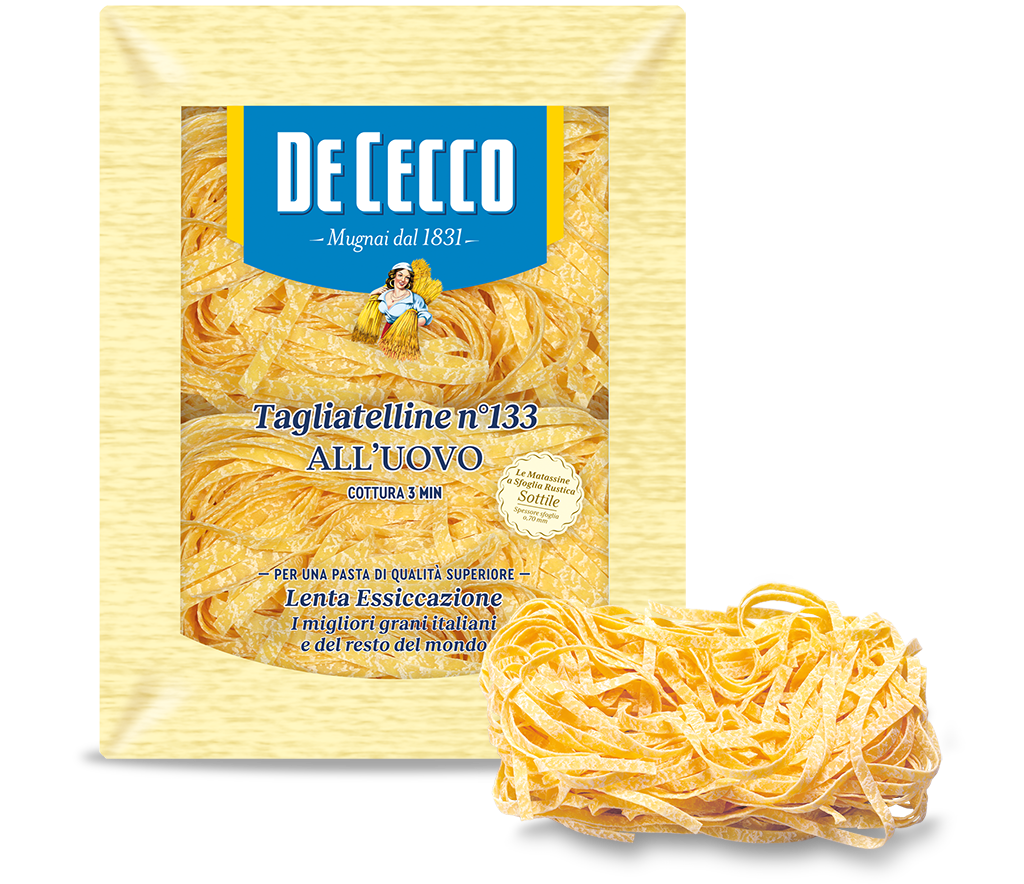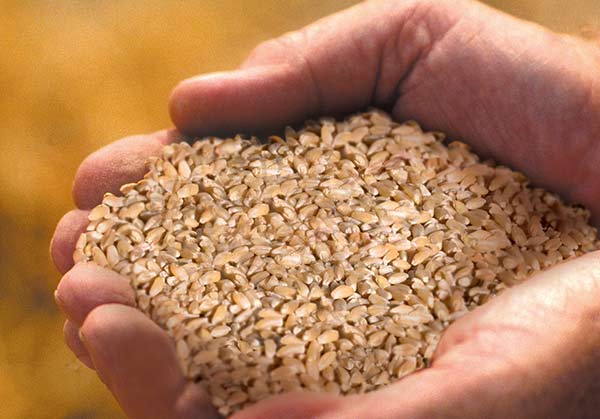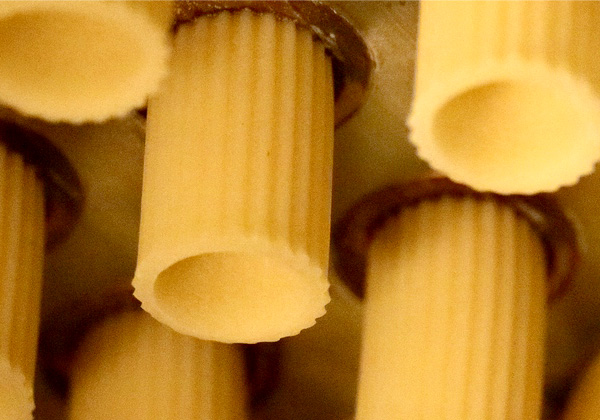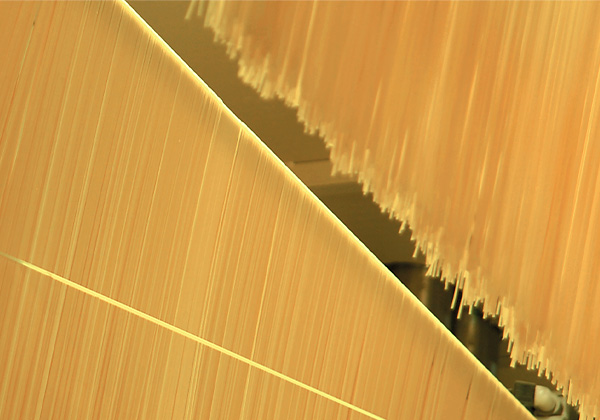Fettuccine n° 310 all'uovo con spinaci
Fettuccine all'uovo con spinaci, a tasty variation of the classic Lasagna all'uovo, are made with the addition of tender leaf spinach to produce fragrant, imaginative dishes packed with flavour.
It is not easy to establish where this type of pasta originated from, which is popular all over Italy, albeit with different local names. Fettucine were probably originally from Lazio where they are the pride of all regional cooking.
Fettuccine are very versatile and so suitable for a variety of sauces. They are recommended in particular in pasta dishes with tomato and meat ragùs. They are also excellent for preparing fish-based sauces, especially shellfish
Available in 250g packs.
- Cooking time: 13 min
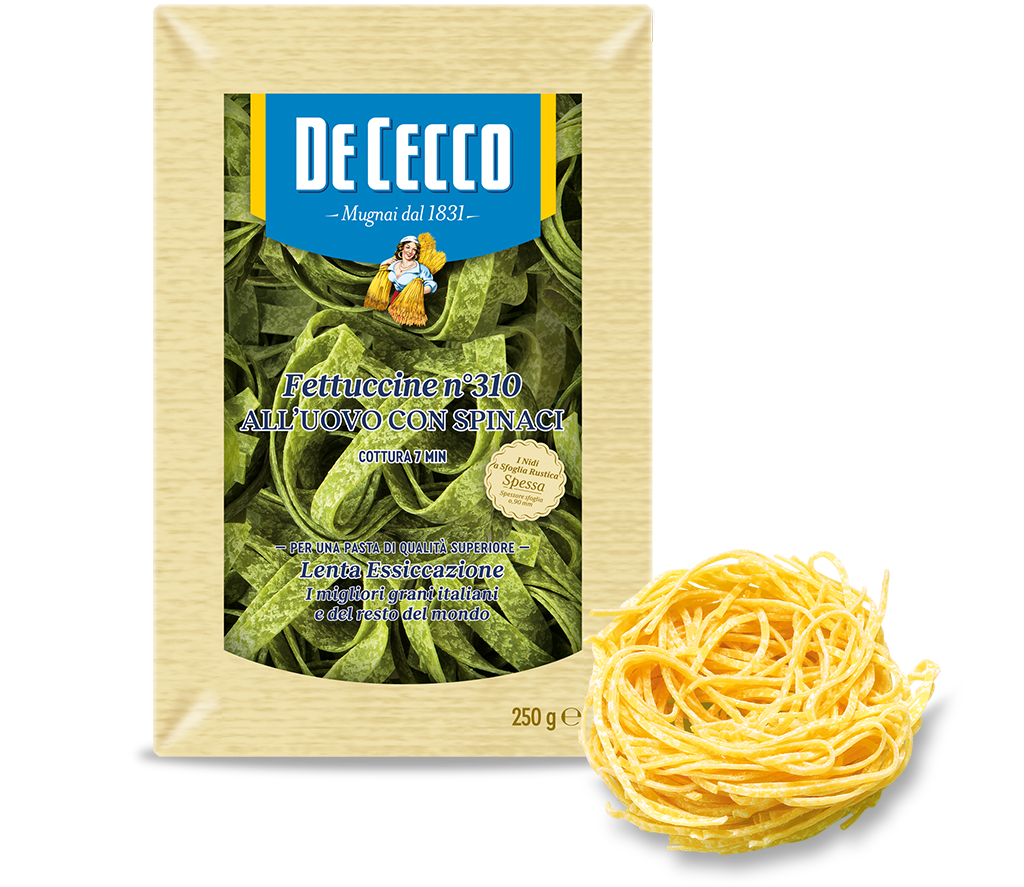
play
Our method
Attention, care, experience, quality at every stage: from our mill to your table.
You may also be interested in
Tagliatelline n° 133 all'uovo
Tagliatelline, which originate from Liguria, are consumed all over Italy and are part of the long, flat pasta family.
You need to go a long way back to retrace the origins of Tagliatelline and beyond the confines of Italy. Tagliatelline were known as early as 700 BC in Japan where they were imported from China with many other cultural and religious elements. In Japan, they were called Udon, tagliatelline made from common wheat, and seem to have met with incredible success in the province of Osaka and in the southern part of the country in general.
Tagliatelline are just the right size to be served both with sauces and in broth. In the first case, the recommended condiments are those from Ligurian tradition, so with pesto as the undisputed winner, and fish and shellfish based sauces coming a close second. They are also excellent in vegetable or meat broths or, with a nod to Oriental traditions, in broths based on seaweed and mushrooms.
Available in 250g packs
Find out more
